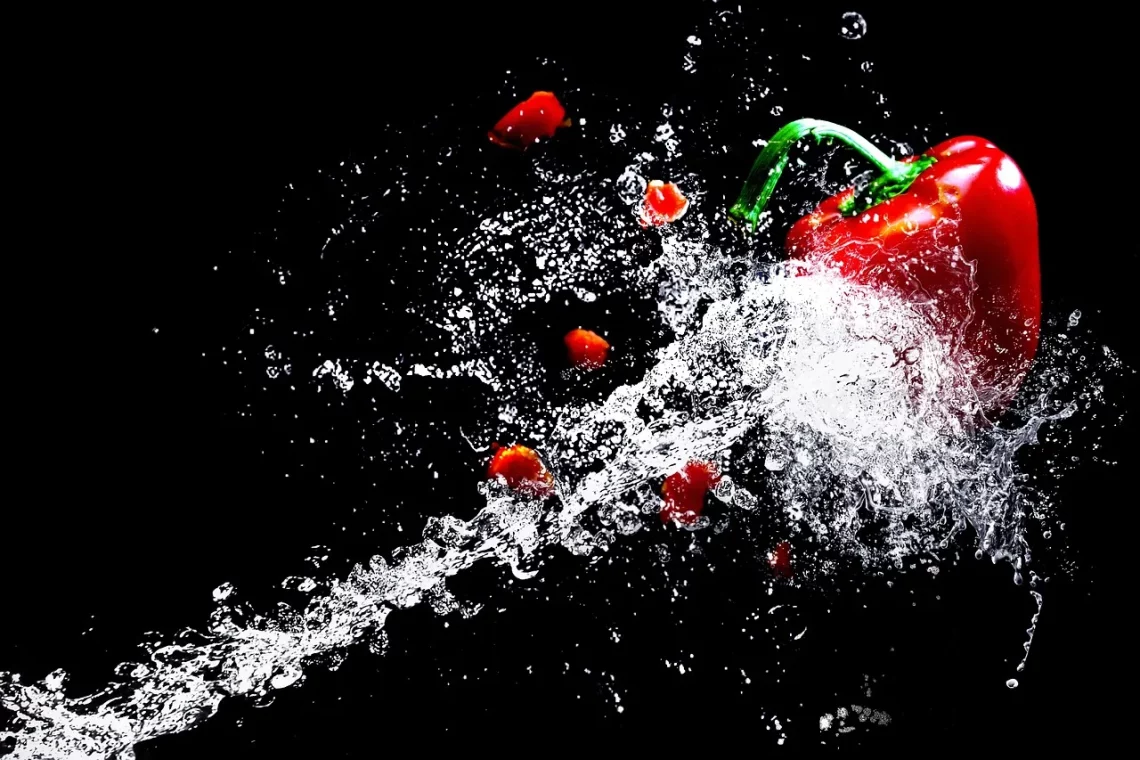
What Vegetables Are Safe for Hamsters to Eat?
When it comes to caring for hamsters, many owners want to ensure that their furry companions lead healthy and happy lives. One of the most important aspects of hamster care is their diet. While commercial hamster food provides a balanced base of nutrition, offering fresh vegetables can enhance their diet and contribute to their overall well-being. However, not all vegetables are suitable for hamsters. Some can be harmful or even toxic, while others can be beneficial and delightful treats.
Understanding which vegetables are safe for your pet is crucial. Hamsters have unique digestive systems, and their dietary needs differ from those of other pets. As omnivores, they can enjoy a variety of foods, but moderation is key. Including vegetables in their diet can provide essential vitamins, minerals, and fiber that promote good health. However, it’s important to introduce new foods gradually and monitor your hamster’s reactions to avoid any digestive discomfort.
In this article, we’ll explore a range of vegetables that are safe for hamsters to eat. We’ll discuss their nutritional benefits, how to prepare them, and any precautions to consider. By the end, you’ll be better equipped to make informed decisions about your hamster’s diet, ensuring they receive the best possible care.
Safe Vegetables for Hamsters: An Overview
When choosing vegetables for your hamster, it’s essential to focus on those that are non-toxic and beneficial. Some of the safest options include carrots, broccoli, and cucumber. Carrots are a favorite among many hamsters, providing a crunchy texture that helps keep their teeth healthy. Additionally, carrots are rich in beta-carotene and Vitamin A, which are essential for maintaining good vision and overall health.
Broccoli is another excellent choice. This nutrient-dense vegetable is high in Vitamins C and K, both of which play critical roles in your hamster’s immune function and bone health. However, it’s important to introduce broccoli gradually, as some hamsters may experience gas or digestive issues if they consume too much too quickly.
Cucumber is a hydrating treat that many hamsters enjoy, especially during warmer months. It’s low in calories and high in water content, making it an excellent snack for keeping your pet hydrated. Just be sure to remove the seeds and skin, as these can pose a choking hazard. Other safe vegetables to consider include bell peppers, zucchini, and spinach, each offering unique nutritional benefits.
When preparing vegetables for your hamster, always wash them thoroughly to remove any pesticides or chemicals. You can serve them raw, but some vegetables can also be lightly steamed to make them easier to digest. Remember to chop them into small, manageable pieces to prevent choking and make it easier for your hamster to enjoy their meal.
Vegetables to Avoid: What Hamster Owners Should Know
While many vegetables are safe for hamsters, several should be avoided due to their potential toxicity or adverse effects on health. For instance, onions and garlic are highly toxic to hamsters, leading to severe health issues if ingested. These vegetables can cause damage to red blood cells, leading to anemia and other serious complications. Always ensure that these items are kept out of reach of your pets.
Potatoes, especially raw ones, can also be harmful to hamsters. They contain solanine, a toxic compound that can cause digestive distress and other health problems. Even cooked potatoes should be given sparingly, as they can be high in starch and lead to obesity in hamsters if consumed in large quantities.
Another vegetable to be cautious with is corn. While not toxic, it is high in sugar and lacks the nutritional density that hamsters require. Overconsumption can lead to obesity and related health issues. Additionally, the tough kernels can pose a choking hazard, so it’s best to avoid giving corn to your hamster altogether.
Lettuce is another vegetable that may seem harmless but can actually cause digestive upset. It has a high water content and very few nutrients, which can lead to diarrhea and dehydration. Instead of lettuce, opt for darker leafy greens like kale or spinach, which provide more nutritional benefits.
Always do your research and consult reliable sources to ensure your hamster’s diet is safe and balanced. Monitoring your pet’s behavior and health after introducing new foods is crucial to ensure they are not adversely affected.
How to Introduce Vegetables into Your Hamster’s Diet
Introducing new vegetables into your hamster’s diet should always be done gradually. Start by offering a small piece of the vegetable you wish to introduce, observing your pet’s reaction. This helps you identify any adverse reactions or preferences they may have. If your hamster enjoys the vegetable and shows no signs of digestive upset, you can gradually increase the amount offered.
It’s essential to maintain a balanced diet that includes a variety of foods. Vegetables should complement, not replace, your hamster’s primary diet of commercial hamster food. Aim to offer fresh vegetables a few times a week as a treat, rather than a daily staple. This approach helps prevent overconsumption of any one food type, which could lead to nutritional imbalances or health issues.
When preparing vegetables, always wash them thoroughly to remove any dirt or chemicals. Chop them into small, manageable pieces to avoid choking hazards. If you’re introducing a new vegetable, consider lightly steaming it to make it easier for your hamster to digest. Always remove any seeds or tough skins that could pose a risk.
Monitoring your hamster’s behavior after introducing new vegetables is vital. Look for any signs of discomfort, such as changes in appetite or unusual droppings. If you notice any adverse effects, discontinue the vegetable and consult with a veterinarian if necessary.
In addition to vegetables, ensure your hamster has access to fresh water at all times, as hydration is crucial to their health. A well-rounded diet, including commercial pellets, occasional fruits, and safe vegetables, will contribute to your pet’s longevity and quality of life.
Conclusion: Creating a Balanced Diet for Your Hamster
In conclusion, providing your hamster with a variety of safe vegetables can enhance their diet and contribute to their overall health. By focusing on non-toxic options like carrots, broccoli, and cucumber, you can offer nutritious treats that your pet will enjoy. Remember to avoid harmful vegetables like onions, garlic, and raw potatoes, as they can pose serious health risks.
Introducing new vegetables gradually and monitoring your hamster’s response is crucial in ensuring they receive a balanced diet. Always prioritize their primary food source and treat fresh vegetables as a supplement. With proper care, attention, and a diverse diet, you can help your hamster thrive and lead a happy, healthy life.
**Disclaimer:** This article is for informational purposes only and should not be considered medical advice. Always consult with a veterinarian for any health-related concerns regarding your pet.




